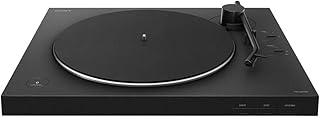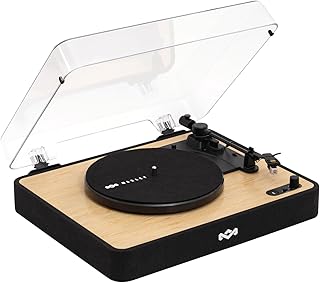Music marketing has seen a significant shift in recent years, with artists like Taylor Swift, Justin Bieber, and Charli XCX leveraging out-of-home (OOH) advertising as a pivotal component of their album release strategies. In today’s digital age, where online promotion is abundant, OOH has emerged as a powerful tool for creating cultural moments that transcend physical spaces and resonate widely online.
Taylor Swift, known for her innovative marketing tactics, has set the gold standard for building anticipation around her album releases. By strategically placing minimalist billboards in key cities around the world, Swift engaged her fanbase in a global scavenger hunt for clues related to her albums. This physical-to-digital approach not only generated buzz but also directly contributed to her record-breaking streaming numbers, showcasing the impact of OOH in driving online engagement.
Justin Bieber, too, recognized the intrigue-building potential of OOH in his album promotion for “Swag.” Mysterious billboards featuring only the album title and tracklist appeared in major cities, sparking widespread speculation and media coverage. This strategic use of OOH as a teaser before the album announcement contributed to Bieber’s chart-topping success and his biggest streaming week ever, highlighting the effectiveness of OOH in setting the stage for digital campaigns.
Charli XCX’s campaign for her album “Brat” exemplifies how OOH can create a cultural phenomenon by igniting localized interest that later expands globally. Starting with a single mural in Brooklyn, the campaign evolved into a visually striking global presence with distinct green billboards in key cities worldwide. This approach not only sustained the album’s cultural moment but also garnered critical acclaim and accolades, showcasing the lasting impact of OOH in music marketing.
The Out of Home Advertising Association of America (OAAA) reported that a significant percentage of individuals who viewed digital OOH ads took action as a result. This data underscores the performance-driving potential of OOH advertising in influencing consumer behavior and driving engagement. As the music industry evolves, OOH has transitioned from a mere branding tool to a strategic catalyst for sparking conversations, building brand recognition, and ultimately driving the digital metrics that define success in today’s music landscape.
In conclusion, the integration of OOH advertising as a core element of music marketing strategies has proven to be a game-changer for artists seeking to make a splash in the digital realm. By leveraging the unskippable nature of OOH campaigns, artists can create memorable cultural moments that resonate with audiences worldwide, underscoring the enduring relevance and impact of OOH in shaping the music industry’s promotional landscape.
📰 Related Articles
- TikTok Spark Ads Revolutionize Music Promotion for Artists
- Taylor Swift Claims Ownership of Music, Empowering Artists Industry-Wide
- SEO Trends 2025: Adapting for Future Success in Digital Marketing
- Royalty Access Studio Revolutionizes Music Financing for Artists
- Renowned Producer Advocates Artists Embrace AI in Music Evolution






